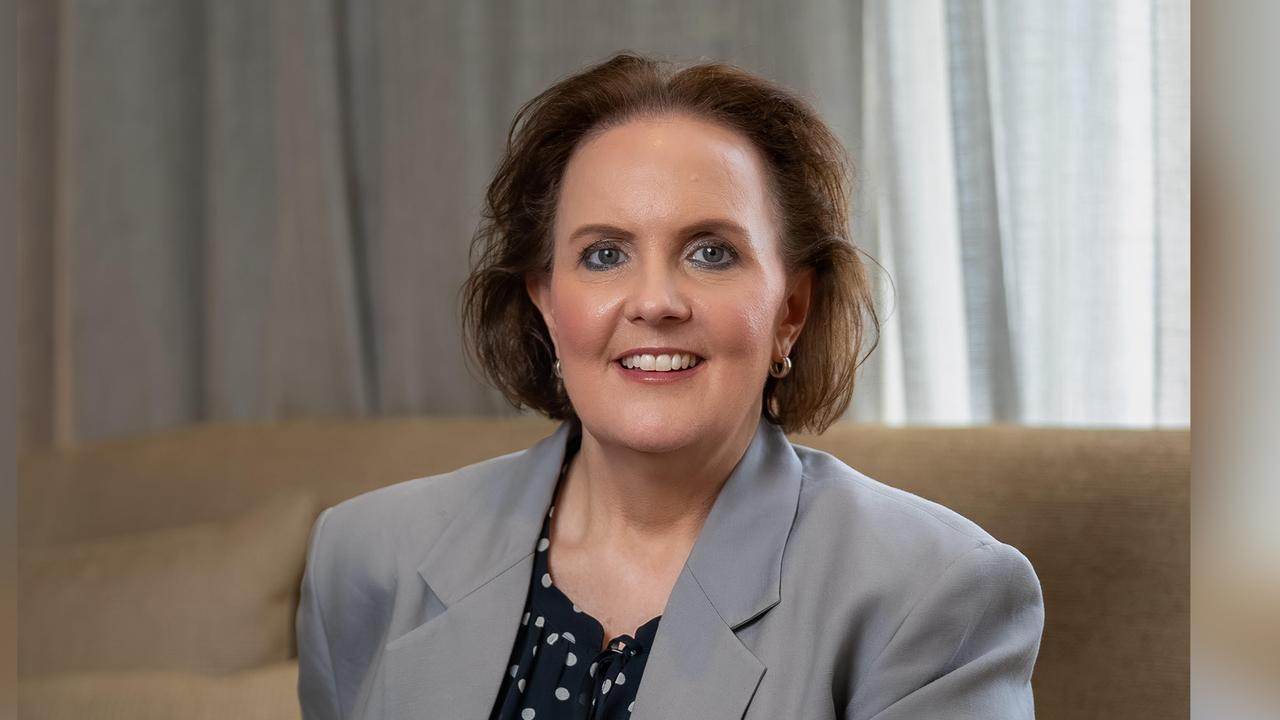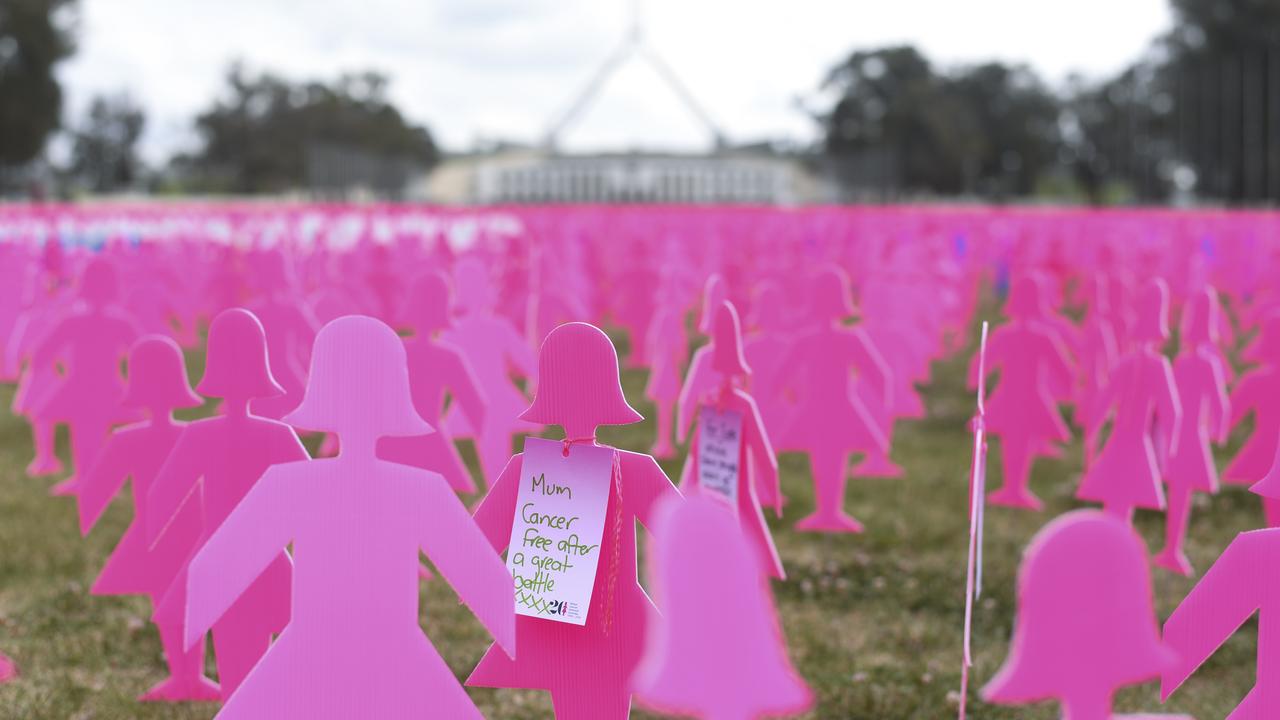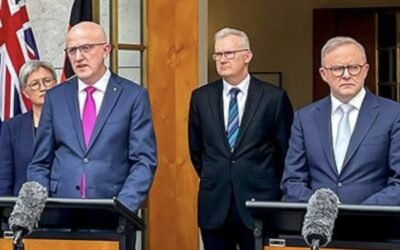The number of Australians living with incurable breast cancer is almost double what has been previously estimated, with thousands of mostly female patients invisible to health authorities.
Metastatic breast cancer develops when the cancer spreads from the breast and nearby lymph nodes to other parts of the body.
While incurable, modern treatments are allowing people to live longer but poor data collection has meant this population group has largely gone uncounted.
There were almost 21,000 Australians living with metastatic breast cancer in 2024, according to world-first estimates published by the Australian Institute of Health and Welfare.
Of these, an estimated 20,800 were women and 150 men.
This number is double the estimates which have been used for years to inform healthcare policy and services.
“These estimates are based on the best currently available national and state data and provide increased visibility for a growing group of people who have specific health and community service needs,” institute spokesperson Justin Harvey said.
“Improving data on metastatic breast cancer will help support better clinical care, service planning, research and policy development.”
While people with metastatic breast cancer are living longer, Breast Cancer Network Australia is advocating for different services to those with early breast cancer.
Historically, breast cancer registries around the country have collected incident and mortality data which left a huge gap in knowing the numbers of people living with the metastatic form of the disease, the network’s director Vicki Durston told AAP.
“Up until today these people have been invisible in data and therefore are invisible in our health planning and cancer policy,” she said.
“There is also a gender lens to this because this is the most common cancer for women and they deserve better.”
Ms Durston said the updated data would inform research and policy makers to ensure people’s needs are met.
“Our system is set up for acute care and not long-term cancer management,” she said.
“We’ve got such great advancements in treatments but people also need to live well and we need to keep them living well.”

Lisa Rankin was 45 years old when she was diagnosed with breast cancer and a year later she discovered it had metastasized.
“I was worried about my breasts and it was difficult to get the medical profession to take it seriously because I was told I was too young and I wasn’t the target group,” she said.
“I honestly thought that I had beaten cancer and it was a real blow to get that second diagnosis.”
While treatment has prolonged Ms Rankin’s life, it is often difficult to explain to people in her life what living with the disease is like.
“People either think you are about to die or you’ve beaten it and you really give up trying to explain,” she said.
“Having this credible national data is more than numbers, it’s recognition because it feels like we are finally being recognised as a community who aren’t being served by the health system or services.
“There are so many incredible women living with this disease who are doing the most amazing things … we are worth investing in.”
Australian Associated Press is the beating heart of Australian news. AAP is Australia’s only independent national newswire and has been delivering accurate, reliable and fast news content to the media industry, government and corporate sector for 85 years. We keep Australia informed.





